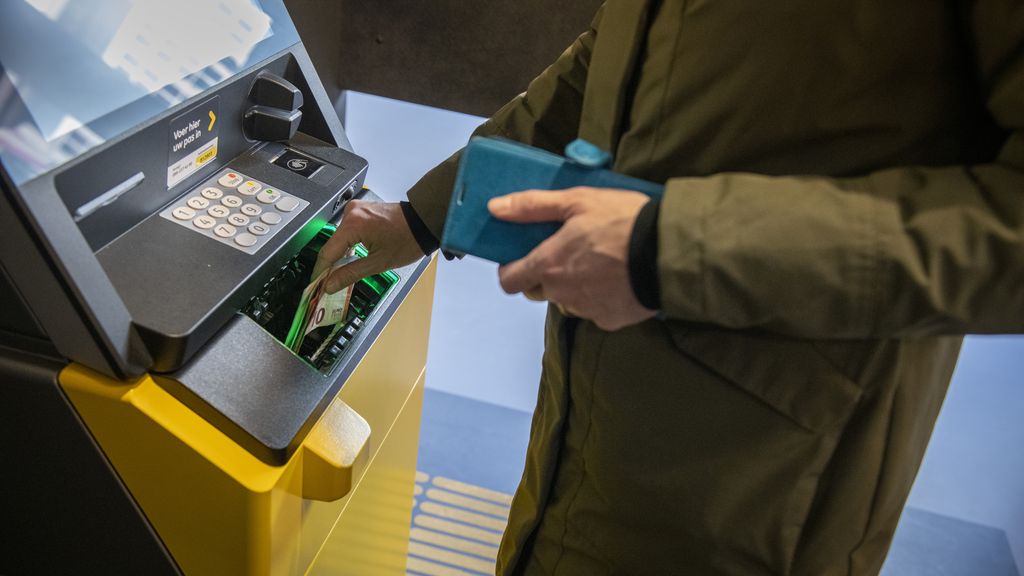
This article was last updated on August 9, 2024
Canada: ![]() Oye! Times readers Get FREE $30 to spend on Amazon, Walmart…
Oye! Times readers Get FREE $30 to spend on Amazon, Walmart…
USA: ![]() Oye! Times readers Get FREE $30 to spend on Amazon, Walmart…
Oye! Times readers Get FREE $30 to spend on Amazon, Walmart…
Table of Contents
Watchdog: savings rates in Dutch banks too low, measures needed
Dutch banks pay their customers relatively low savings interest rates because there is too little competition. This was stated by the Netherlands Authority for Consumers & Markets (ACM) after research. That is why, according to the supervisor, measures are necessary.
According to the ACM, the banks keep a close eye on each other’s interest rates and then tacitly coordinate them. This is not prohibited, but according to the ACM it does have the same effect as a cartel. As a result, interest rates for customers remain too low.
Few people switch
The vast majority of savers in the Netherlands have a savings account with one of the three major banks: ABN Amro, ING or Rabobank. The interest rate offered by these three banks lags behind the rapidly rising policy rate of the European Central Bank (ECB) and the interest rates offered by foreign banks, for example.
Yet few people switch. This is partly because they are satisfied with their bank and are not aware that they can get more interest elsewhere.
But the ACM also sees that banks are creating barriers that make it more difficult to switch. For example, it is difficult for many people to compare different savings products. In addition, banks require customers to link a checking account to their savings account, which causes more hassle if you want to switch banks.
Stop tying
The regulator therefore wants banks to better inform customers about what the savings interest yields and stop tying. In addition, there must be a mandatory switching service, where banks arrange among themselves that the money is transferred to the new account. The law must be amended for this, so according to the ACM it is up to politicians to take further steps in this regard.
The regulator started investigating the savings market after major criticism the high profits that banks achieved last year, while savings interest rates for customers remained low.

Be the first to comment